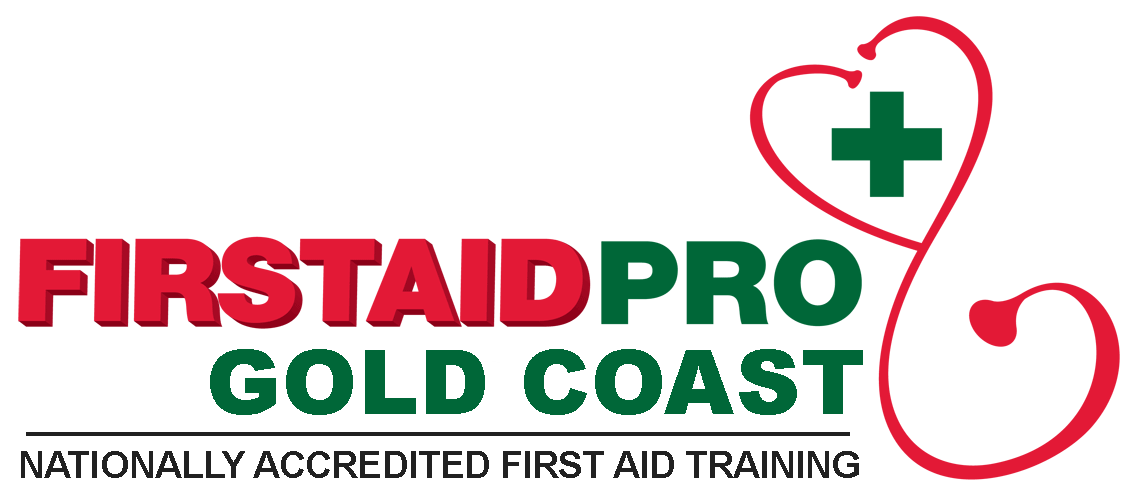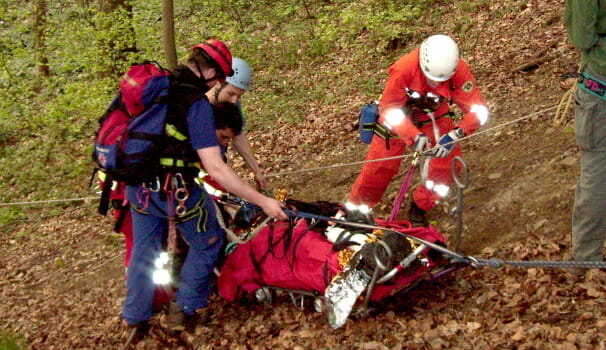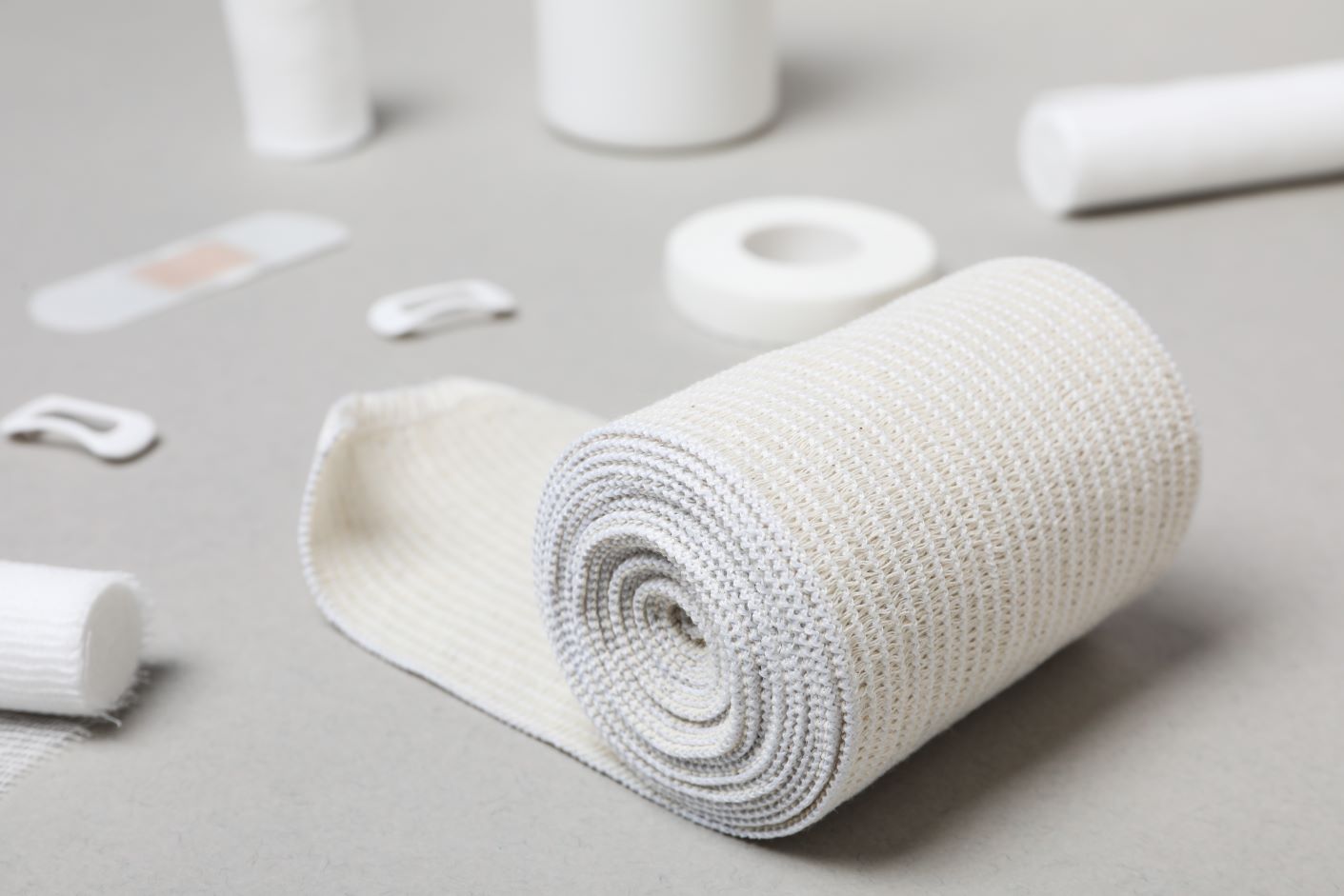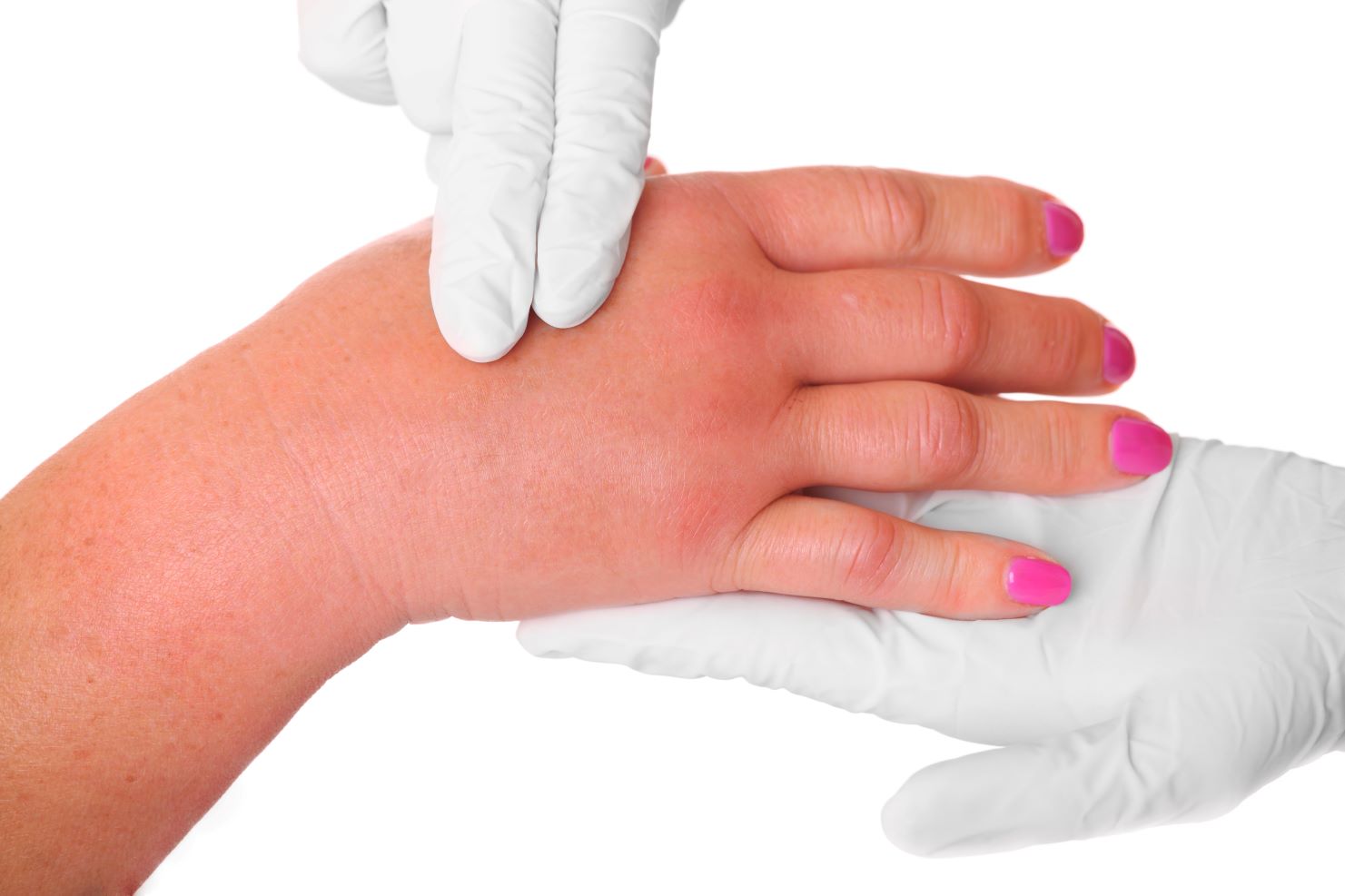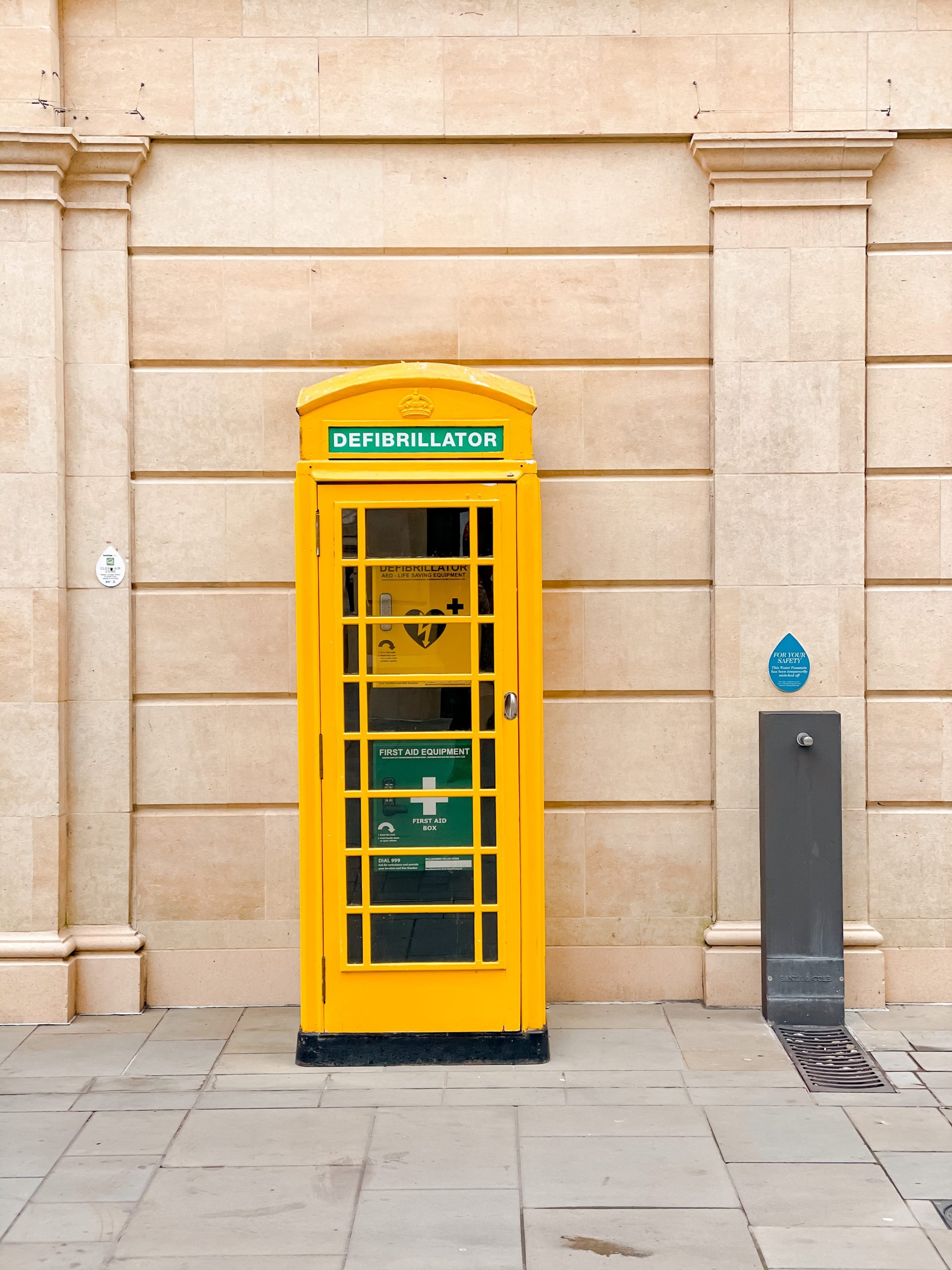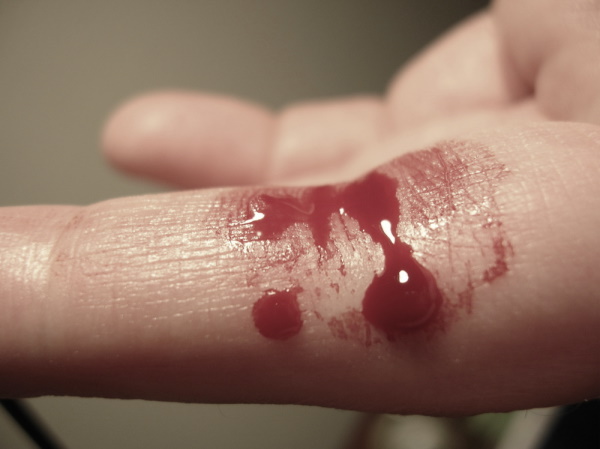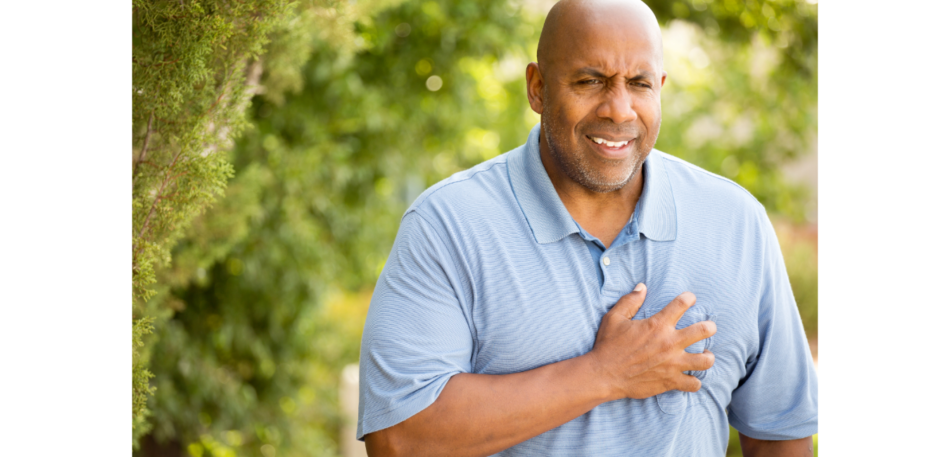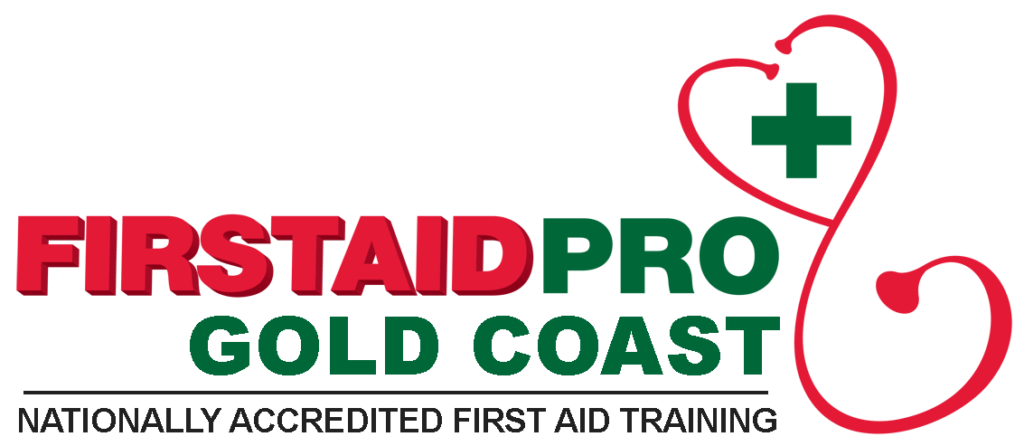Exploring the outback or one of Australia’s many wilderness areas can be a fantastic, rewarding experience. But it can come with dangers. When you’re off the beaten track and away from medical and other emergency services, the risks of accident and injury can be far more significant. A cut or broken bone that would be a relatively straightforward issue in the city can be potentially life-threatening when out in the wilderness.
If you’re on your way to a remote wilderness area – either to explore, hike and camp, or even just passing through on your way somewhere else – it’s worth taking some precautions and knowing what to do if someone is seriously injured.
Plan to survive!
Preparation is critical when travelling to or through the outback. The outback claims around 40 lives every year – deaths that generally could have been prevented with better preparation. It’s no use getting into trouble and thinking “if only I’d…” after the fact – you need to think ahead and be prepared.
When you’re roughing it in the wild, make sure you have a plan of where you’re going and roughly when you expect to be there. Have people you check in with to confirm all is well – even if it’s just sending a short text when you’re in mobile range. It might seem like fun to wander wherever the road takes you without answering to anybody, but if you run into trouble, your life might depend on someone to recognising you’re overdue and calling for help.
Here are some other handy tips to be ready if you’re venturing out into the wild.
- Bring some way to signal for help – Mobile phones often don’t have reception in remote places, so consider a satellite phone, or possibly $200-$400 for an EPIRB (Emergency Position Indicating Radio Beacon). At the very least, take a whistle to alert search teams easily.
- Make sure you have water – Remember the rule of three – you can survive no more than three minutes without air, three days without water, and three weeks without food.
- Take first aid supplies – A pre-filled compact first aid kit is the easiest way to go, but at the very least have essentials such as bandages, tape, scissors, antiseptic, painkillers, hand sanitiser, prescription medicine, and some insect bite / anti-itching lotion.
Remote area first aid
When you’re in the wilderness, there are many more challenges to providing first aid than in a town or city. Several factors make the process far more complex, including limited resources, environmental factors (such as weather), limited communication with emergency services, and time needed to reach help (or for it to reach you). However, many basic principles of first aid still apply. Your first steps should be to…
- Check for immediate danger – The first step is to see if there’s an ongoing threat, either to the person or to you. You’re no good to the person if you end up injured as well.
- Find out how they were injured – Determine what caused the injury, as this may cause additional complications – a cut from rusted metal can have extra complications compared to one from a broken tree branch. If the person is sick, this may be hard to determine.
- Assess the injury – Determine how severe the injury or sickness is and what steps are needed to assist.
- Check if they’re responsive – Are they awake and alert? Are they breathing?
- Apply first aid – Exactly what type of first aid will depend on the injury or illness
What if someone’s bleeding?
One of the most common forms of serious injury in the wild is a cut or scrape from a fall or hidden sharp object. Treatment is generally straightforward – although significant blood loss can make this very serious in a remote location. For a cut, gash, or other laceration, you’ll need to take the following steps.
- Control bleeding – First thing to do is stop the flow of blood, which generally involves applying pressure to the wound with a sterile dressing (or at least a clean piece of cloth).
- Clean the wound – With the blood flow slowed or contained, you should clean the wound as much as possible – dirt or foreign material in the wound can easily promote infection. This might require some of your precious water, but it’s important.
- Dress & bandage the wound – With the wound clean, it’s time to put a more permanent dressing on using sterile gauze and bandages – assuming they’re available. If not, use the cleanest fabric available. Use antibiotic cream or ointment if you have it available.
- Watch for signs of shock – Shock is the body’s physiological response to a sudden drop in blood pressure – and it can be quite dangerous. If the injured person shows signs of pale skin, sweating, shallow breathing, or nausea, lie them down and elevate their legs – promoting blood flow to the brain. In this instance, getting medical assistance ASAP becomes essential.
Look out for signs of infection – Over the next few hours, keep an eye out for signs of infection around the wound.
Sticks, stones & broken bones
A broken bone occurring in a remote location often presents a more complex problem, as it’s very likely that the person will be unable to move about – and there often can be considerable pain involved. In the case of a broken bone, you should:
- Stop any bleeding – If there’s any blood loss to the area, you’ll need to control the blood loss as with a cut – although you should be wary of how you apply pressure to a broken limb.
- Immobilise the area – Where possible, the broken bone should be moved as little as possible. For a broken limb, a splint can be used to hold the limb steady and prevent the bone from moving. For more complicated injuries such as a broken neck or back, the person should ideally not be moved at all.
- Apply something cold if possible – If you have access to anything cold – such as ice from a camp esky, then icing the wound can lessen the pain and help reduce swelling.
- Watch for shock – Broken bones can also be a cause of shock – from the bleeding and trauma. This should be treated just like shock from a cut or laceration, although extra care should be taken if moving the injured person around. You should also avoid elevating a broken limb.
Getting help
Depending on how severe the illness or injury is, you may need to seek medical attention immediately – which can be particularly difficult in a remote location. If the injury isn’t severe, you may be able to continue travelling to a location where help is more readily accessible – although you should carefully monitor the person’s condition and be ready to stop and call in help if they worsen. But in many cases – such as serious blood loss or broken bones – you should avoid moving the person if possible.
If you have a phone in current reception, this makes things a lot easier – you can call for help, and the phone can use the mobile phone towers to locate you (you can use google maps to give rescuers exact coordinates to find you). A satellite phone will also allow you to signal for help – although you might need to describe your location as best you can – use prominent, visible landmarks if possible. If you had the foresight to bring an EPIRB unit (Emergency Position Indicating Radio Beacon), then this can also be a godsend. Activating it will both signal for help and allow rescuers to locate you quickly.
If none of these are possible, it makes things a little more complicated. If you have multiple people with you, the fittest members of your group can be sent to seek out help, while others remain behind to care for the sick or injured person. Remember to take careful note of the location and any landmarks. If you’re alone with the injured person, it may be better to stay put and wait for help. A seriously injured person shouldn’t be left alone if there’s any alternative.
Don’t be afraid to signal for help – it’s far better to call for medical assistance and not need it than the other way round.
First aid training – be ready for trouble
While cuts and broken bones are commonplace injuries requiring first aid, they’re far from the only ones – snakebites, sprains, hypothermia, and dehydration are all common medical issues for a wilderness setting, and you can’t cover every issue in one article. To properly provide first aid to someone out in the wild, you should consider first aid training.
Fortunately, First Aid Pro can help. We provide easy access to certified first aid training for both professionals and members of the general public. Our one-day HLTAID011 Provide First Aid course can train you for providing medical assistance in a wide variety of emergencies, including when and how to provide CPR to a non-responsive person. In addition, our HLTAID013 Provide First Aid in a Remote or Isolated Site course provides all the same training as HLTAID011, but also adds information for providing aid in a remote location – including moving the casualty, improvising treatment, and survival.
